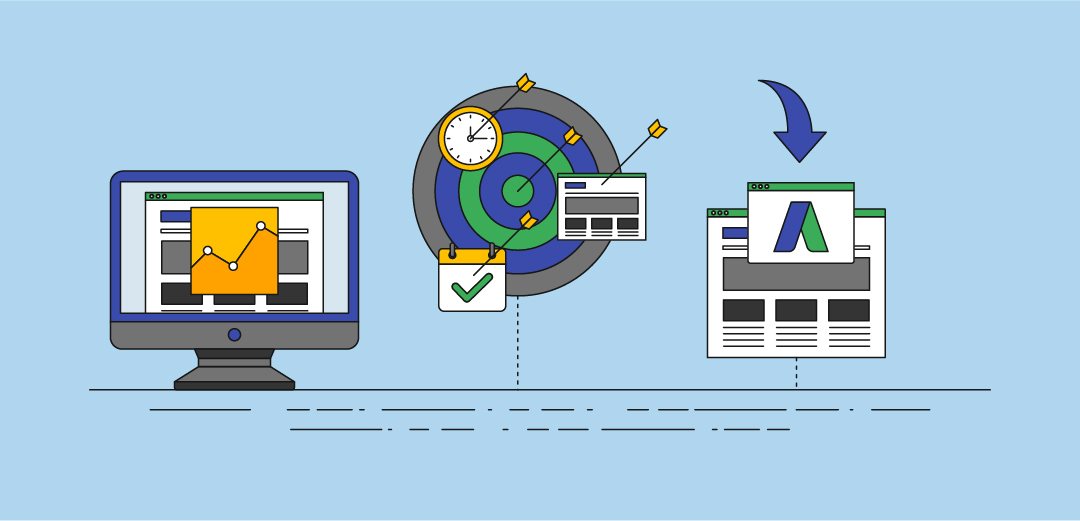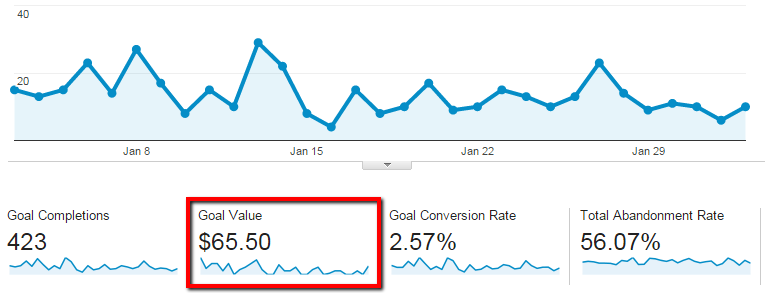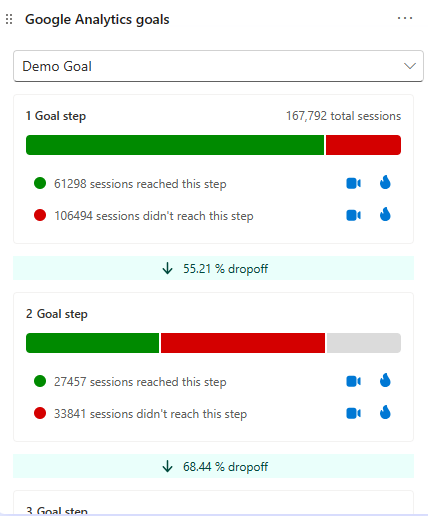What Data Is Google Analytics Goals Unable to Track: A Full Overview
What Data Is Google Analytics Goals Unable to Track: A Full Overview
Blog Article
Revealing the Blind Attractions: Understanding What Google Analytics Goals Can not Determine
In the world of digital analytics, Google Analytics stands as a powerful device for monitoring and evaluating online individual communications. However, amidst its durable capabilities, there exist blind spots that typically avert dimension. Understanding what Google Analytics goals can not determine is vital for getting a thorough view of user actions and engagement. As we explore the details of these unseen areas, we uncover a complicated web of undiscovered areas that hold useful insights into individual activities and inspirations, tough standard knowledge and clarifying the limitations of our data-driven understanding.
User Habits on External Platforms
Recognizing exactly how users engage on external systems is essential for maximizing on the internet strategies. Exterior platforms, such as social media sites networks, referral internet sites, and on the internet discussion forums, play a substantial role in driving website traffic to a business's internet site. By examining user habits on these platforms, services can get useful insights right into the efficiency of their advertising initiatives and the choices of their target market.
One key aspect of customer actions on outside platforms is the reference resource. By tracking where the users are coming from, businesses can recognize which platforms are driving one of the most traffic to their web site. This information can assist companies designate their sources better, concentrating on the systems that yield the ideal outcomes.

Offline Conversions and Interactions
Examining individual behavior on exterior platforms gives useful insights right into online approaches; nevertheless, considering offline conversions and communications is equally imperative for a thorough understanding of a business's overall performance. Offline conversions, such as in-store acquisitions or phone queries, play a significant function in many services' success.

Acknowledgment Beyond Last Click
When diving into the realm of digital advertising analytics, it comes to be necessary to look beyond the single touchpoint of the last click for a much more thorough understanding of attribution. While Google Analytics offers useful understandings right into user actions, counting only on last-click attribution can be limiting - what data is google analytics goals unable to track. Attribution models that go beyond the last click provide a much more nuanced view of the client trip, thinking about all the touchpoints that bring about a conversion
Attribution beyond the last click allows online marketers to designate credit rating to various communications along the conversion course, providing a clearer image of the effectiveness of various advertising and marketing networks. By discovering multi-touch acknowledgment versions such more helpful hints as direct, time decay, or position-based acknowledgment, services can much better allot their marketing budget plans and enhance click reference their approaches for maximum impact.
Comprehending the influence of each touchpoint in the conversion process is important for making educated choices and taking full advantage of ROI. By embracing attribution beyond the last click, services can get much deeper insights into customer behavior and customize their advertising efforts more properly.
Cross-Device and Cross-Browser Monitoring

Likewise, cross-browser monitoring complements cross-device monitoring by recording customer behavior as they switch between different internet internet browsers. Recognizing how users communicate with web sites on numerous browsers can help marketing experts optimize their online experiences to guarantee consistency and performance across various systems.
Qualitative Information and User Intent
Recognizing user intent through qualitative information analysis is crucial for developing targeted digital marketing methods that reverberate with the requirements and choices of the target market. Qualitative information supplies understandings into the 'why' behind individual actions, dropping light on motivations, emotions, and choices that measurable information alone can not catch. By examining individual comments, comments, and interactions, online marketers can discover important information concerning individual intent, enabling them to customize their messaging, material, and offerings to better straighten with what their target market is looking for.
Qualitative data also aids in recognizing the context in which individuals engage with a site or app. This contextual understanding makes it possible for marketers to produce more relevant and personalized experiences, ultimately driving higher involvement and conversion prices. By delving into customer intent via qualitative information analysis, businesses can get a deeper understanding of their target market, leading to much more reliable marketing techniques that fulfill customers' demands and assumptions.
Conclusion
To conclude, Google Analytics objectives have constraints in his comment is here determining user habits on exterior platforms, offline conversions, attribution past last click, cross-device and cross-browser monitoring, and qualitative data connected to customer intent. what data is google analytics goals unable to track. It is essential for organizations to be familiar with these dead spots in order to supplement their information analysis with other devices and approaches to gain a much more thorough understanding of their audience and improve their overall electronic marketing methods
By analyzing user habits on these systems, organizations can gain important insights into the efficiency of their advertising initiatives and the choices of their target audience.
Assessing user behavior on external platforms offers useful understandings right into on-line approaches; however, thinking about offline conversions and interactions is similarly critical for a comprehensive understanding of a company's overall performance.In digital marketing analytics, moving beyond last-click attribution to explore cross-device and cross-browser tracking is vital for obtaining an all natural understanding of customer communications throughout numerous systems and tools. By assessing customer comments, remarks, and communications, online marketers can uncover important information regarding individual intent, allowing them to tailor their messaging, web content, and offerings to much better line up with what their audience is seeking.
By delving right into customer intent via qualitative information analysis, companies can acquire a deeper understanding of their target audience, leading to more reliable advertising techniques that meet customers' requirements and expectations.
Report this page